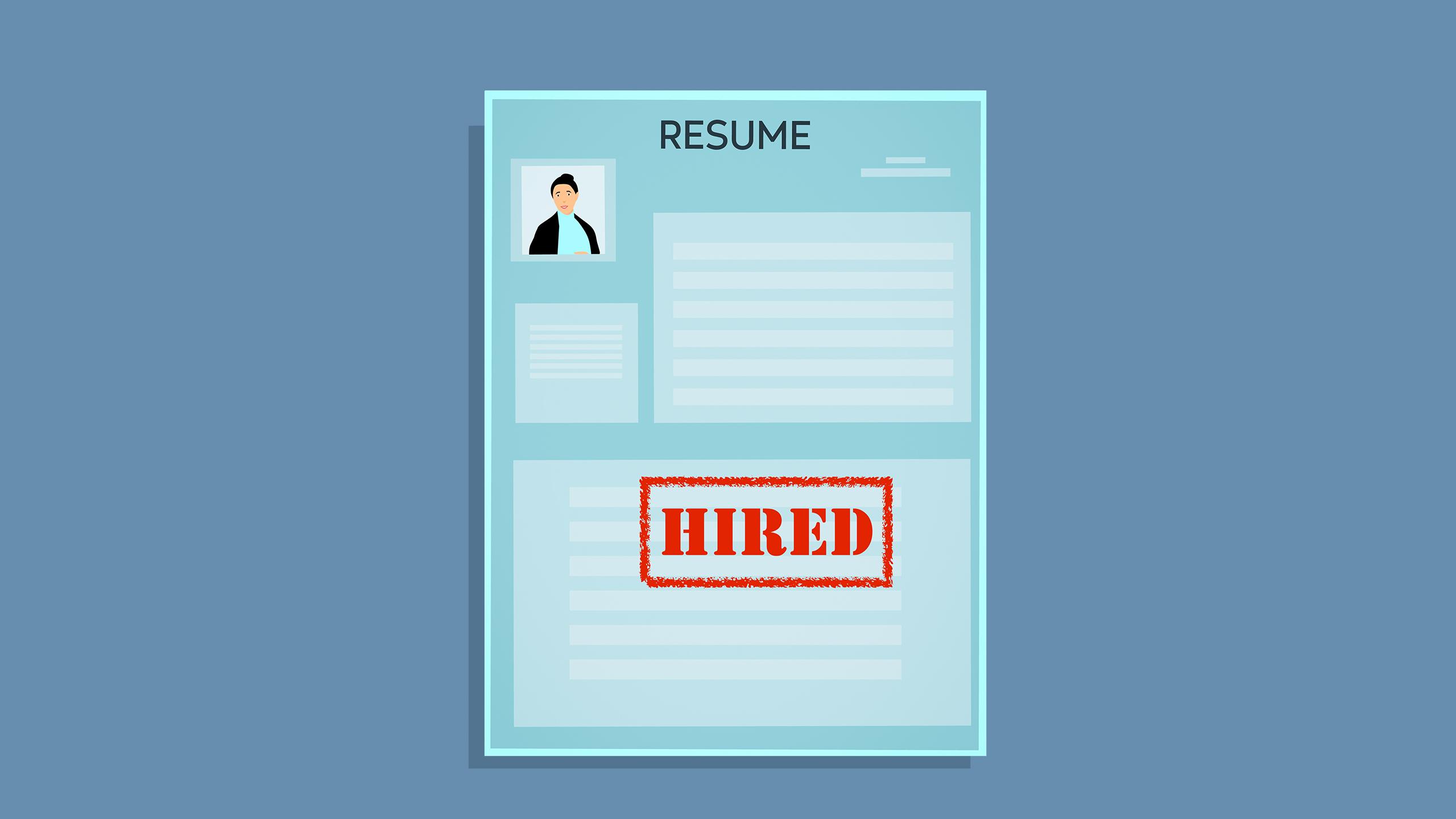By Andrea Josic
Applying to jobs is a necessity for those who want to succeed in our little capitalist society. But the action of actually getting one after graduation is terrifying. Even more so, trying to find a job relevant to our degrees often seems almost impossible.
According to a survey conducted by the Ontario Ministry of Training, Colleges and Universities (MTCU), 83 per cent of Ryerson graduates in 2014 found jobs within six months of graduating. While the odds seem like they’re in students’ favour, the survey didn’t actually specify whether or not students found jobs in their respective fields.
To avoid being in that vague demographic, Ryerson’s Career and Co-op Centre offers free appointment-based resumé and cover letter advising. By booking an appointment through the centre’s website, students can also get help with career planning, job searching, grad school applications, LinkedIn and Magnet profile building. You can even get your headshot taken.
In the meantime, while you wait for your appointment, we’ve compiled a list of resumé-building tips so you can secure the bag.
Research the company you’re applying to
Your resumé should not look the same for every job you apply to. Researching the specific company will help you identify what skills they’re looking for. Even if they’re in the same field, a company’s interests and investments can differ from another’s. Based on your research, you can adjust which of your qualifications and experiences will take the spotlight for each application.
Keep your resumé to one page
On average, an employer looks at each resumé for about six seconds, according to a 2012 survey conducted by The Ladders, a job-recruiting company. Limiting your resumé to one page makes it easier for employers to look at, and it encourages you to rationalize what is your most relevant experiences and information. Once you graduate from university, you don’t need to include your high school in your education section. Be sure to avoid squeezing in too much text. If you don’t have enough room, size 10 it, but no smaller.
Structure your sections correctly
Your education should not be at the top of a resumé. Your sections should be listed starting with the header, which includes your name, address, email, phone number, qualifications/skills, work experiences, education and then others, like volunteer experiences, awards, or interests. Within sections like work, education and volunteer, order points from most to least recent.
Use bullet points in each section
Bullet points improve documents tremendously. It helps employers sort through your resumé faster as it separates important information, draws attention to each point and makes your content easier to read. Bullet points also give a document more breathing room, so your page will look neater and professional.
Spell-check everything
As harsh as it seems, spelling errors will almost guarantee that your resumé ends up in the rejected pile. An employer could have hundreds of applications to look over, and any errors in spelling, grammar or sentence structure is an easy way to eliminate a resumé. A good rule of thumb is to send your resumé to family and friends to proofread. A fresh pair of eyes will always catch mistakes you may have missed.
Apply for the job, even if you think you’re unqualified
You might not have the five years of work experience, but you can show your skills in other sections. Under work and volunteering, you can outline how those experiences would help you excel in the company. If your skills match what the job is looking for, employers will take that into consideration. Applying for a job you’re unqualified for has a lottery essence to it—there is a chance you could get it. You have nothing to lose if you get rejected and everything to gain by applying, so just try, if only just to say: “After five years of pursuing a masters of mechanical engineering, I applied to be a graphic artist at Disney.”
Once you’ve got the job, which after reading this you’re guaranteed, fake your confidence till you actually got it. It’s alright to feel insecure, but be confident in what you’ve done. There’s a reason you got the job in the first place.










Leave a Reply